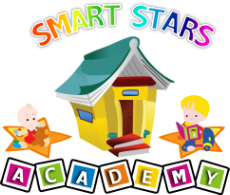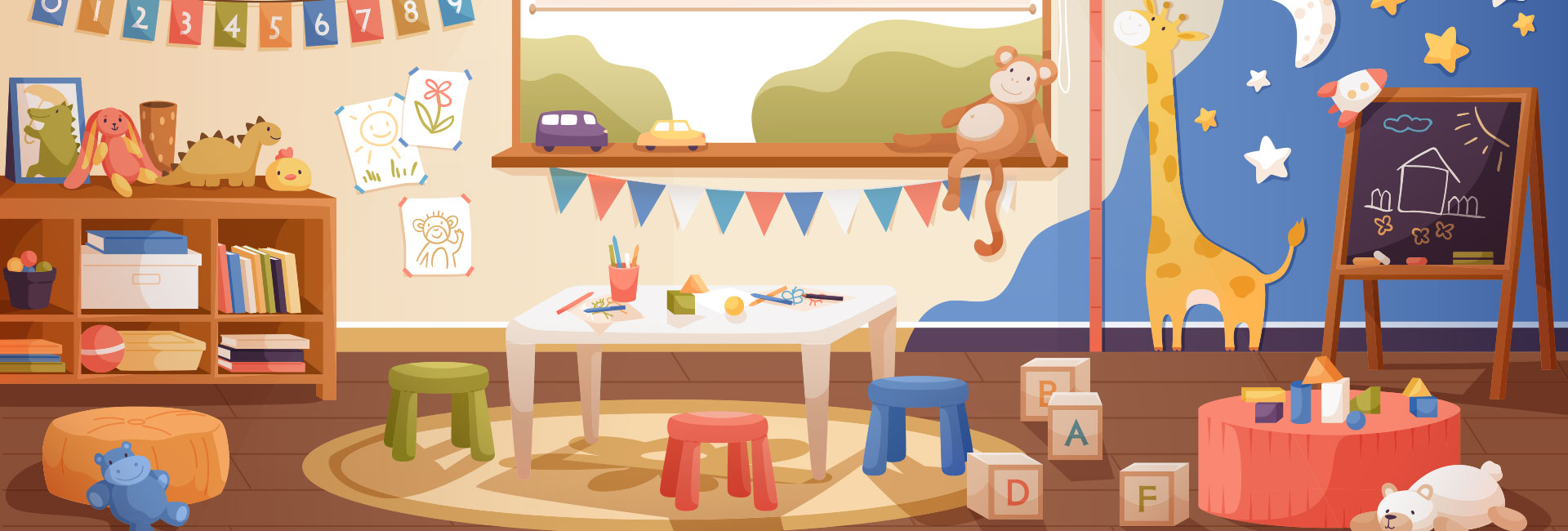At Smart Stars Academy we strive to help our students build a foundation that will form a strong beginning point for the rest of their education careers. There have been so many different philosophers in the past, however four of which, we believe have been the most beneficial to children’s development.
Maria Montessori is characterized by an emphasis on independence, freedom within limits, and respect for a child’s natural psychological, physical, and social development. A “Young Child Community” serves a larger number of children from around one to two years old. Both environments emphasize materials and activities scaled to the children’s size and abilities, opportunities to develop movement, and activities to develop independence.
Preschool and kindergarten Montessori classrooms for children from three to six years old are often called Children’s Houses, after Montessori’s first school, the Casa dei Bambini in Rome in 1906. This level is also called “Primary”. A typical classroom serves 20 to 30 children in mixed-age groups, staffed by one trained teacher and an assistant. Classrooms are usually outfitted with child-sized tables and chairs arranged singly or in small clusters, with classroom materials on child-height shelves throughout the room. Activities are for the most part initially presented by the teacher, after which they may be chosen more or less freely by the children as interest dictates. Classroom materials usually include activities for engaging in practical skills such as pouring and spooning, materials for the development of the senses, math materials, language materials, music and art materials, and more.
The work of Lev Vygotsky has become the foundation of much research and theory in cognitive development over the past several decades, particularly of what has become known as Social Development Theory. Vygotsky’s theories stress the fundamental role of social interaction in the development of cognition He believed strongly that community plays a central role in the process of “making meaning.” Social interaction plays a fundamental role in the process of cognitive development. In contrast to Jean Piaget’s understanding of child development (in which development necessarily precedes learning), Vygotsky felt social learning precedes development. He states: “Every function in the child’s cultural development appears twice: first, on the social level, and later, on the individual level; first, between people (interpsychological) and then inside the child (intrapsychological).” The More Knowledgeable Other (MKO). The MKO refers to anyone who has a better understanding or a higher ability level than the learner, with respect to a particular task, process, or concept. The MKO is normally thought of as being a teacher, coach, or older adult, but the MKO could also be peers, a younger person, or even computers.
The Zone of Proximal Development (ZPD). The ZPD is the distance between a student’s ability to perform a task under adult guidance and/or with peer collaboration and the student’s ability solving the problem independently. According to Vygotsky, learning occurred in this zone. Vygotsky focused on the connections between people and the sociocultural context in which they act and interact in shared experiences (Crawford, 1996). According to Vygotsky, humans use tools that develop from a culture, such as speech and writing, to mediate their social environments. Initially children develop these tools to serve solely as social functions, ways to communicate needs. Vygotsky believed that the internalization of these tools led to higher thinking skills.
Many schools have traditionally held a transmissionist or instructionist model in which a teacher or lecturer ‘transmits’ information to students. In contrast, Vygotsky’s theory promotes learning contexts in which students play an active role in learning. Roles of the teacher and student are therefore shifted, as a teacher should collaborate with his or her students in order to help facilitate meaning construction in students. Learning therefore becomes a reciprocal experience for the students and teacher.
Piaget’s theory of cognitive development is a comprehensive theory about the nature and development of human intelligence, first developed by Jean Piaget . It is primarily known as a developmental stage theory, but in fact, it deals with the nature of knowledge itself and how humans come gradually to acquire, construct, and use it. To Piaget, cognitive development was a progressive reorganization of mental processes as a result of biological maturation and environmental experience. Children construct an understanding of the world around them, then experience discrepancies between what they already know and what they discover in their environment. Moreover, Piaget claims the idea that cognitive development is at the center of human organism and language is contingent on cognitive development.
Howard Earl Gardner, best known for his theory of multiple intelligences, is an American developmental psychologist. Gardner’s theory of multiple intelligences states not only do human beings have several different ways of learning and processing information, but these methods are relatively independent of one another: leading to multiple “intelligences” as opposed to a general intelligence factor among correlated abilities. “If we synthesise information from several disciplines, ranging from anthropology to brain study, it emerges that human beings are better described as having several relatively independent information processing capacities, which I call the “multiple intelligences,” Since 1999, Gardner has identified eight intelligences: linguistic, logic-mathematical, musical, spatial, bodily/kinesthetic, interpersonal, intrapersonal, and naturalistic. Gardner is still considering a ninth, existential intelligence (the posing and pondering of “big questions”), but has not yet added it.
After reading a short summary of each one, most people will say “well if you take a little of each, it would be perfect!” In theory I would agree, but in reality that is not practical. However, there is a way to have just a little bit of everything. For example, Smart Stars Academy has classrooms set up just like Maria Montessori would, with child size table, chairs, and child’s height shelves with classroom materials, which are initially introduced by the teacher and then children get to choose freely, during free play. During circle time we keep Vygotsky in mind, where the roles of teacher and student are shifted. Teacher’s use the theory of Zone of Proximal Development to facilitate independent problem solving skills with collaborating work of the MKO. Piaget’s theory of children constructing an understanding about the world around them and then experiencing discrepancies between what they know and what they discover takes place all day, whether it’s during recess with their peers and teachers or during certain classes, like science. Children even as young as 2 go through these emotions on a very basic and primitive level.
Smart Stars Academy strongly believes in Howard Gardner’s multiple intelligence theory. Our curriculum is based on a multiple intelligence approach developed with a “theme” in mind that will be presented and taught in various forms reflecting the seven intelligences. As an educator and a mom I understand that children learn in various ways. Some children grasp better through the visual or musical form, others need bodily kinesthetic or interpersonal experiences. Gardner’s theory states, “Parents and educators need to look for signs of innate precociousness in children and then help in developing them.”
Smart Stars Academy developed a curriculum which is structured in such a way that every child will be encouraged to learn and flourish in their own unique way and at their own pace.


